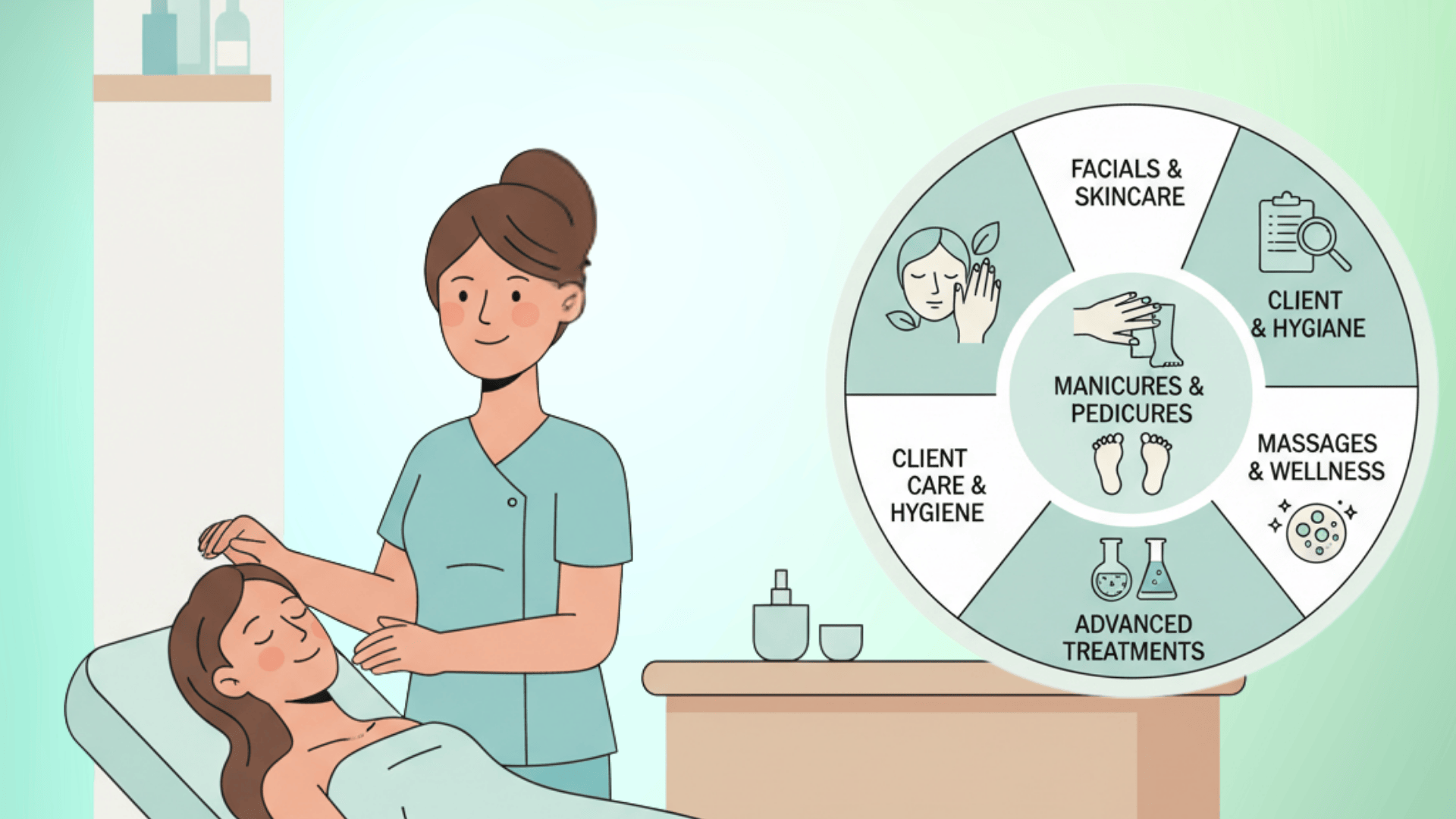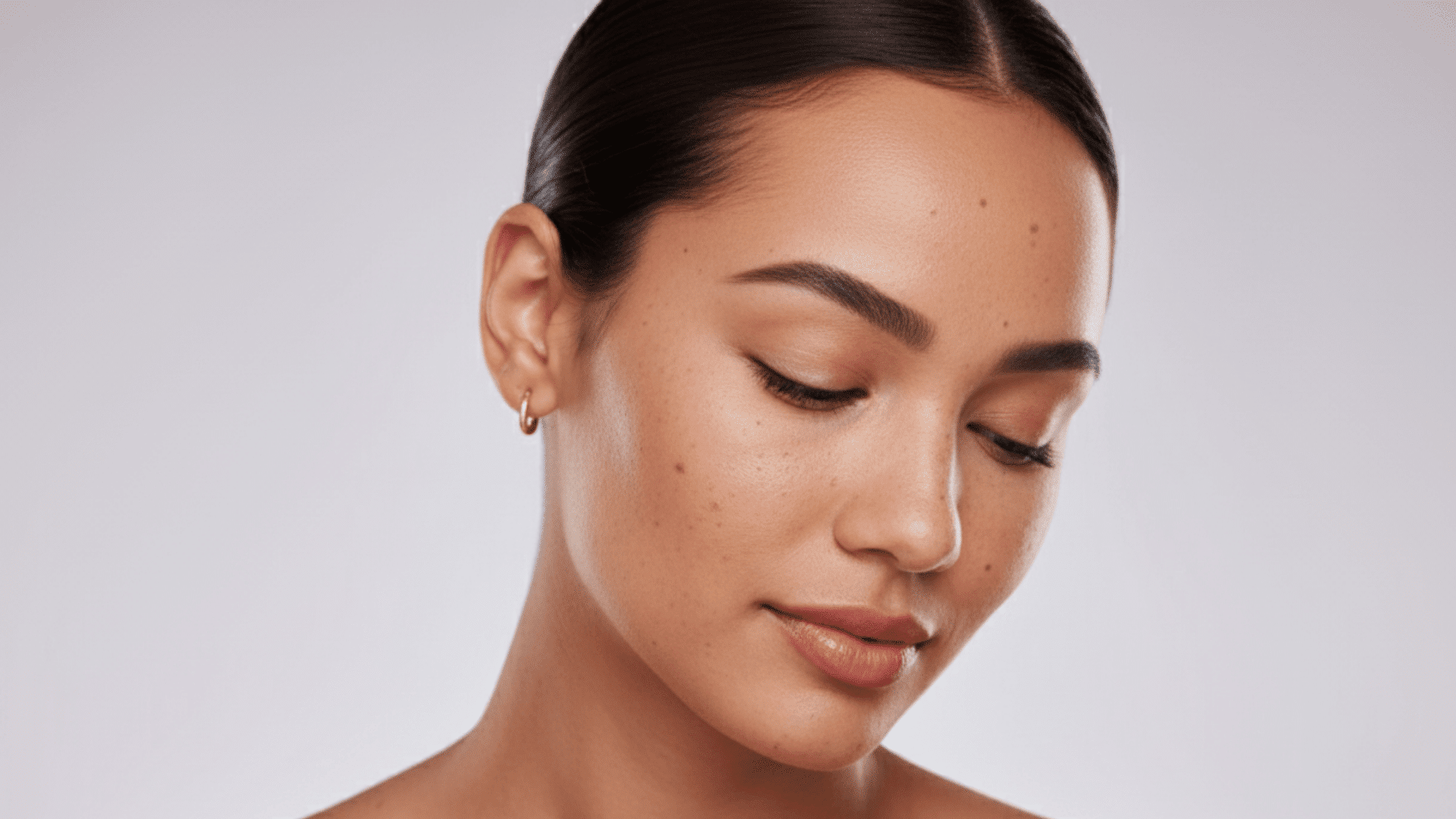Beauty therapy is more than flawless skin or perfect brows; it’s an art that combines science, care, and creativity.
Behind every glowing complexion stands a skilled professional who understands how to bring out confidence through touch and technique.
As beauty and wellness industries continue to grow worldwide, the demand for qualified therapists is stronger than ever.
But what exactly defines their role, and how does one step into this rewarding field?
Understanding what is a beauty therapist reveals not only the skills and training involved but also the passion that turns self-care into a meaningful profession.
What is a Beauty Therapist?
A beauty therapist is a qualified professional trained to perform treatments that enhance appearance and promote well-being.
Beauty therapists are skilled in providing facial treatment services and selecting suitable products based on individual client needs.
They hold accredited qualifications that certify technical competence and professionalism.
Most work in salons, spas, or wellness centers offering high-quality skin care solutions that combine precision with comfort.
The profession values hygiene, customer service, and continuous growth.
What Does a Beauty Therapist Do?

A beauty therapist helps clients maintain healthy skin and feel their best through professional treatments and personal care.
- Performs facials, waxing, manicures, pedicures, and body massages
- Offers advanced skincare such as chemical peels or microdermabrasion
- Assesses client needs and recommends suitable treatments
- Maintains hygiene, safety, and detailed client records
Their work promotes relaxation, confidence, and long-term skin wellness through expert, personalized service.
Qualifications Required to Become a Beauty Therapist
Becoming a beauty therapist requires structured learning and recognized training.
Each qualification path contributes to building technical ability, professionalism, and client trust.
-
Level 1 Certificate in Beauty Therapy: Introduces basic treatment skills, workplace safety, and customer care, ideal for beginners entering the beauty industry.
-
Level 2 Diploma for Beauty Professionals: Covers foundational techniques in facials, waxing, manicures, and hygiene practices essential for professional salon or spa roles.
-
NVQ/SVQ Level 2 or Level 3 in Beauty Therapy: Combines classroom learning with real-world salon experience to develop confidence and practical proficiency.
-
Level 3 Diploma or Certificate in Beauty Therapy: Focuses on advanced skincare, body massage, and electrotherapy to prepare therapists for specialized beauty services.
-
ITEC or VTCT Diplomas: Provide globally recognized training in beauty, spa, and aesthetics, supporting career opportunities across international markets.
-
Higher National Certificate (HNC) or Higher National Diploma (HND): Emphasizes salon management, client communication, and advanced techniques for future leadership positions.
-
Beauty Therapist Level 2 Apprenticeship Standard: Merges academic instruction with paid on-the-job training to strengthen technical and customer service skills.
-
CIBTAC Level 4 Diploma in Salon and Spa Management: Delivers management-level knowledge in operations, staff coordination, and business strategy for experienced therapists.
-
ITEC Level 4 Diploma in Advanced Skincare: Specializes in clinical-grade skincare, advanced facial treatments, and corrective techniques for high-end professional settings.
What is The Salary of a Beauty Therapist?
Earnings for beauty therapists vary depending on qualification level, experience, and work setting.
Professionals with higher-level certifications or managerial roles typically earn more due to advanced skills and responsibilities.
| Qualification Level | Experience Level | Average Annual Salary (USD) | Common Work Setting |
|---|---|---|---|
| Level 2 Diploma / Entry-Level | 0–2 years | $40,000–$55,000 | Salons, spas, wellness centers |
| Level 3 Diploma / Intermediate | 2–5 years | $56,000–$68,000 | Boutique spas, beauty clinics |
| ITEC / VTCT or NVQ Level 3–4 | 5–8 years | $69,000–$82,000 | High-end spas, aesthetic clinics |
| HNC / HND or Management-Level | 8+ years | $83,000–$95,000 | Luxury spas, medi-spas, private practice |
**These figures represent averages and may vary by location, clientele, and specialization.
Higher qualifications such as VTCT or CIBTAC Diplomas often lead to broader opportunities and higher earning potential in both local and international markets.
How to Start a Career as a Beauty Therapist?

Building a career as a beauty therapist follows a structured process that combines education, practice, and self-development.
Each step outlines how to progress from grasping the basics to establishing a professional presence in the industry.
1. Research Accredited Programs
Start by identifying certified beauty therapy schools or vocational centers recognized by local or international boards.
Compare course content, training duration, and available specialties to find one that matches your interests and future goals.
2. Complete Formal Training
Enroll in a diploma or certificate program that includes both theory and practical components.
Hands-on workshops covering skin care, anatomy, and salon safety help develop real-world confidence and precision early in your career.
3. Gain Hands-On Experience
Internships or apprenticeships allow you to work directly with clients under supervision.
This exposure builds technical ability, interpersonal skills, and a sense of professional responsibility.
Real-world practice also helps you identify strengths, whether in skincare, body treatments, or holistic therapies, and prepare for specialized career paths.
4. Obtain Licensing or Certification
After completing your course, apply for the required state or regional license.
Licensing demonstrates professional competence and ensures compliance with health and safety standards.
Continuous development is vital, as staying current with new treatments and technology helps maintain your edge in a competitive market.
5. Build a Professional Portfolio
Document your progress with photographs of your work, client testimonials, and treatment records.
A strong portfolio showcases both skill range and growth.
It is especially valuable if you plan to pursue specialized roles such as aesthetician, makeup artist, or laser technician.
6. Continue Growth and Networking
The beauty industry offers room for specialization and ongoing development.
Many professionals expand into holistic therapy, spa management, or advanced aesthetics.
Attending workshops and joining beauty associations helps you stay informed about industry trends.
Networking also builds professional connections that can lead to collaborations, mentorships, or business opportunities.
What Does This Career Path Offer?
A career in beauty therapy is a strong choice, providing both a stable profession and deeply satisfying work in a growing field.
- Significant Job Availability: The industry is seeing substantial expansion, with a projected need for thousands of new professionals.
- Professional Versatility: The training provides many career directions, including work in luxury spas, retail centers, or specialized clinics.
- Control Over Your Work: This path offers considerable independence and allows you to set your own schedule and income potential.
- Financial Compensation: Entry-level therapists typically earn $25,000 to $45,000, and experienced professionals earn from $50,000 up to $100,000 or more per year.
Who Should Choose a Career in Beauty Therapy?
A career in beauty therapy suits individuals who enjoy helping others look and feel their best while working in a creative, hands-on environment.
- Those passionate about skincare, makeup, and wellness
- People with good communication and customer service skills
- Individuals who value precision, patience, and attention to detail
- Creative minds who enjoy staying updated on beauty trends
- Empathetic listeners who can build trust and comfort with clients
Wrapping It Up
Beauty therapy has grown into a rewarding and respected profession that blends creativity, care, and technical expertise.
From learning what is a beauty therapist to understanding the qualifications, skills, and career options, it’s clear this field offers lasting opportunities for growth and fulfillment.
Whether working in a luxury spa, wellness center, or private practice, each treatment helps clients feel confident and cared for.
Share your favorite part of this career or your own experience as a beauty therapist in the comments below!
Frequently Asked Questions
Is a Beauty Therapist the Same as an Esthetician?
A beauty therapist and esthetician are similar but not identical, as beauty therapists offer broader treatments including body therapies and massage, while estheticians focus specifically on facial skincare.
How Should Beauty Therapists Dress?
Beauty therapists should dress in clean, professional uniforms or scrubs in neutral colors, closed-toe shoes, minimal jewelry, neat hair tied back, and light makeup to maintain hygiene and credibility.
What Is the Highest Paying Cosmetology Job?
The highest-paying cosmetology job is a cosmetic dermatology specialist or medical esthetician, earning between $60,000 and $100,000 annually by performing advanced skincare treatments in medical settings.







